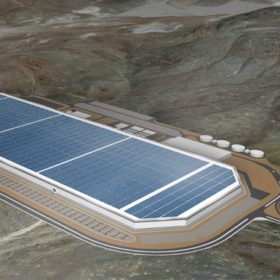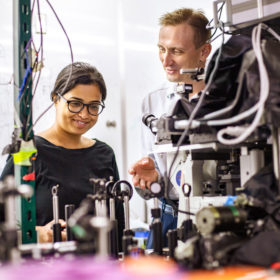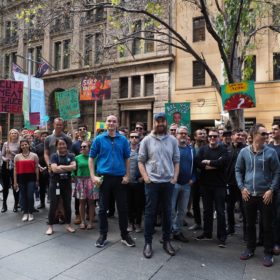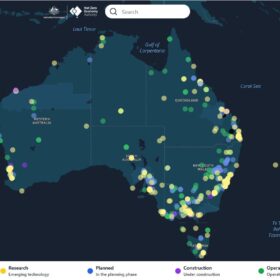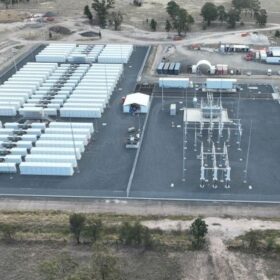Tritium expands to Europe and the U.S.
Brisbane-based Tritium is quickly becoming a world leader in EV charging technology as the company rapidly expands across Europe and the United States.
Tesla unveils a bigger, better, simpler Solar Roof – at a 40% discount
Elon Musk has officially launched the third phase of his crusade to make a successful solar roof tile, with promises that this time it is going to be a success.
PV against cancer
Research from the United States has demonstrated how PV technology can be used to kill cancer cells. Although still at an embryonic stage, the findings of the study and initial test results suggest solar power could be an effective tool in relation to light-activated fluorescent dyes for disease diagnosis, image-guided surgery and site-specific tumor treatment.
US scientists create first rechargeable lithium-carbon dioxide battery
Researchers in Chicago have developed a world first fully rechargeable lithium-carbon dioxide battery, an achievement they claim could pave the way for the use of the greenhouse gas in advanced energy storage systems.
Tesla’s all-electric ute verging on reality
Telsa CEO Elon Musk has continued to tease the upcoming November release of the company’s all-electric ute. In a tweet Musk suggested the design resembled an “armored personnel carrier”.
Stock markets pumped $1.3bn into solar in the last quarter
Fundraising activity for solar leaped in the July-to-September period to provide healthy quarterly and year-so-far comparisons on 2018.
Questioning the quantum behavior of perovskites
Scientists at the University of Texas have made a discovery they say has “altered the understanding of the fundamental properties of perovskite crystals”. Their findings could improve understanding of defect formation in perovskites, leading to devices with enhanced performance and stability.
Logic supports renewables, not nuclear
The latest edition of the World Nuclear Industry Status Report reiterates that clean power is taking the lead in the world’s energy system and nuclear is not only too costly a remedy for carbon emissions but too slow to deploy.
Cannon-Brookes set to help fund 10 GW NT megaproject
Australian tech billionaire Mike Cannon-Brookes, co-founder of Atlassian Corp, has used the sidelines of the United Nations Climate Action Summit in New York to announce plans to help fund the ambitious 10 GW, $20 billion, Sun Cable Project in the Northern Territory (NT).
Australia joins solar powered space race
The Australian Space Agency (ASA) has joined the next generation, or rather this generation, space race, between the U.S. and China. A $150 million investment from the Morrison Government into the ASA will see Australia partner with NASA on its next sustainable exploratory missions.

